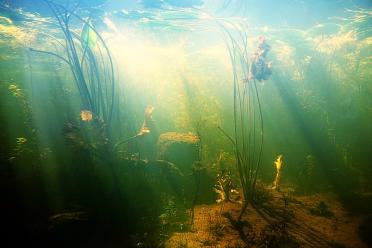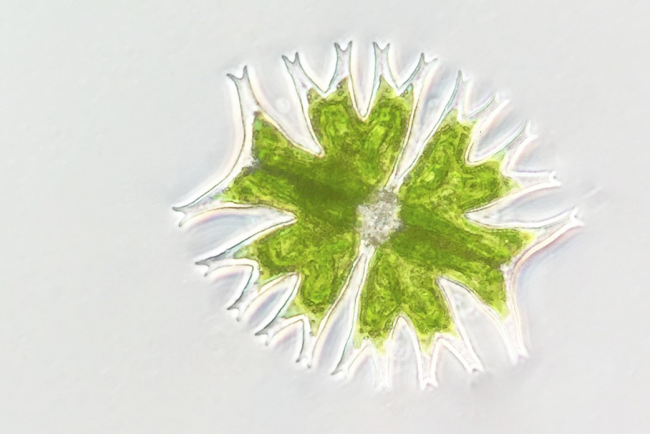One pond is tricky enough at the moment, but the grand aim of the Darwin Tree of Life project is to sequence and analyse the DNA of every single eukaryotic species in the British and Irish Isles. Just how will we do that?
“We're trying to scale everything up,” says McGowan. “Everything will be automated in the future. Jim is automating the labwork, while I'm automating the bioinformatics tasks. So you can really scale up to sequence thousands of these types of cells.”
The trick for McGowan is to work out how to remove the noise that comes with amplifying the DNA of single cells, and make sure that the genomes that are assembled are of the highest possible quality.
“We have to clean up the genomes, because sometimes they might have bacteria present, or they might have other eukaryotes that they've eaten,” he explains.
“We also have to detangle the multiple genomes that might be present. That's more challenging to automate. We don't want to release a genome that's actually a mix of different genomes.”
Once that process is up and running, it will be possible to begin putting the sequenced protists into their vast evolutionary perspectives.
And, for McGowan, the best part…
“A lot of this is about collaboration and openness. Making the genomes publicly available to anybody who wants to use them. That’s really good, I think.”












